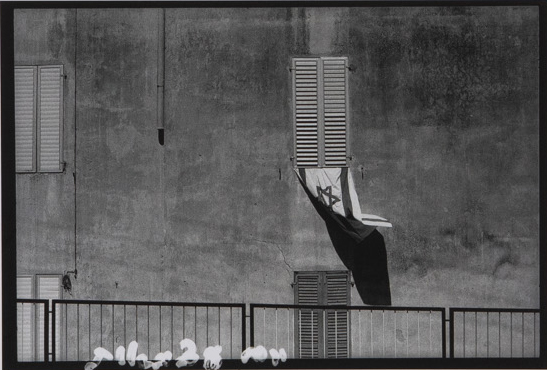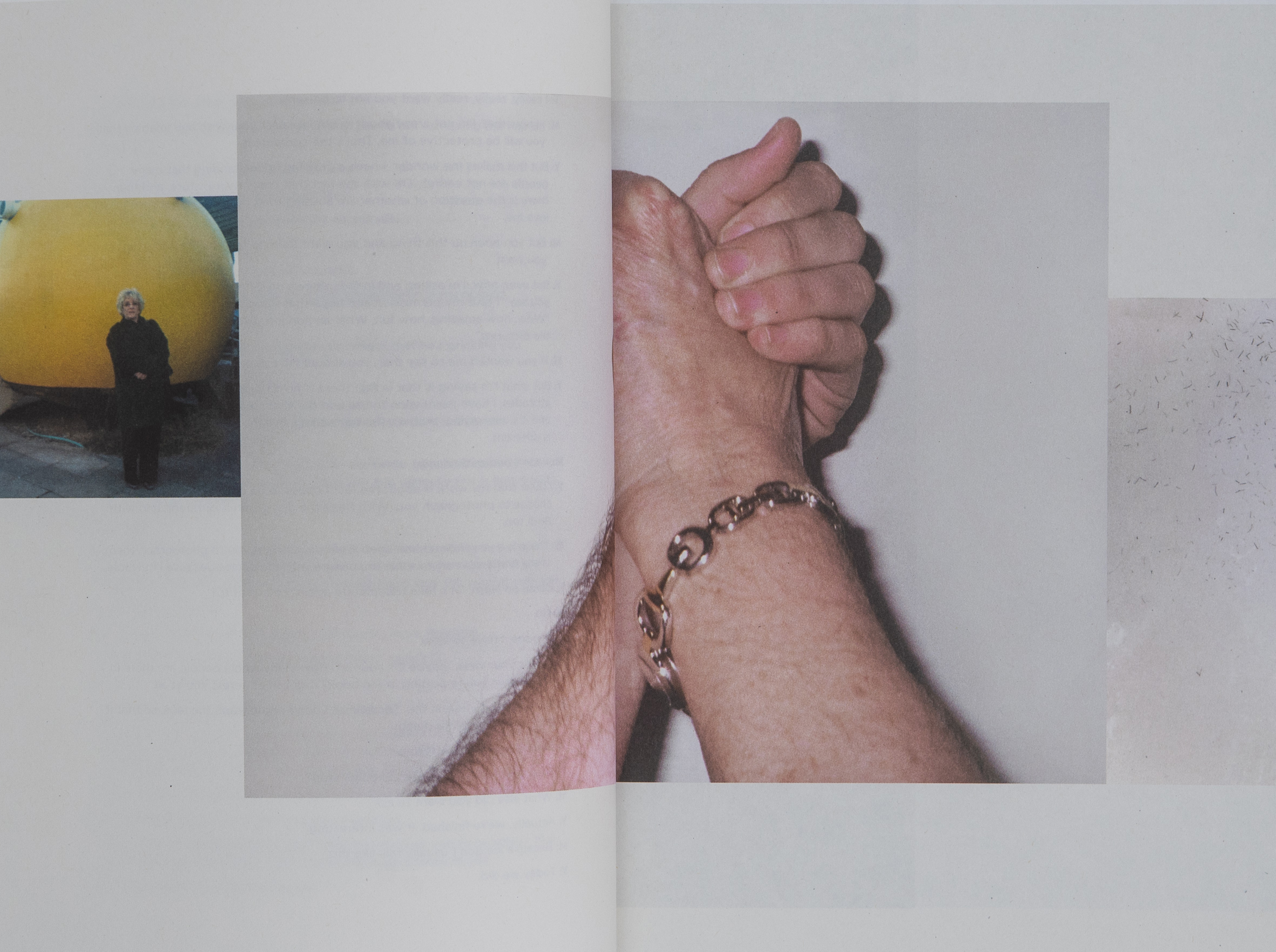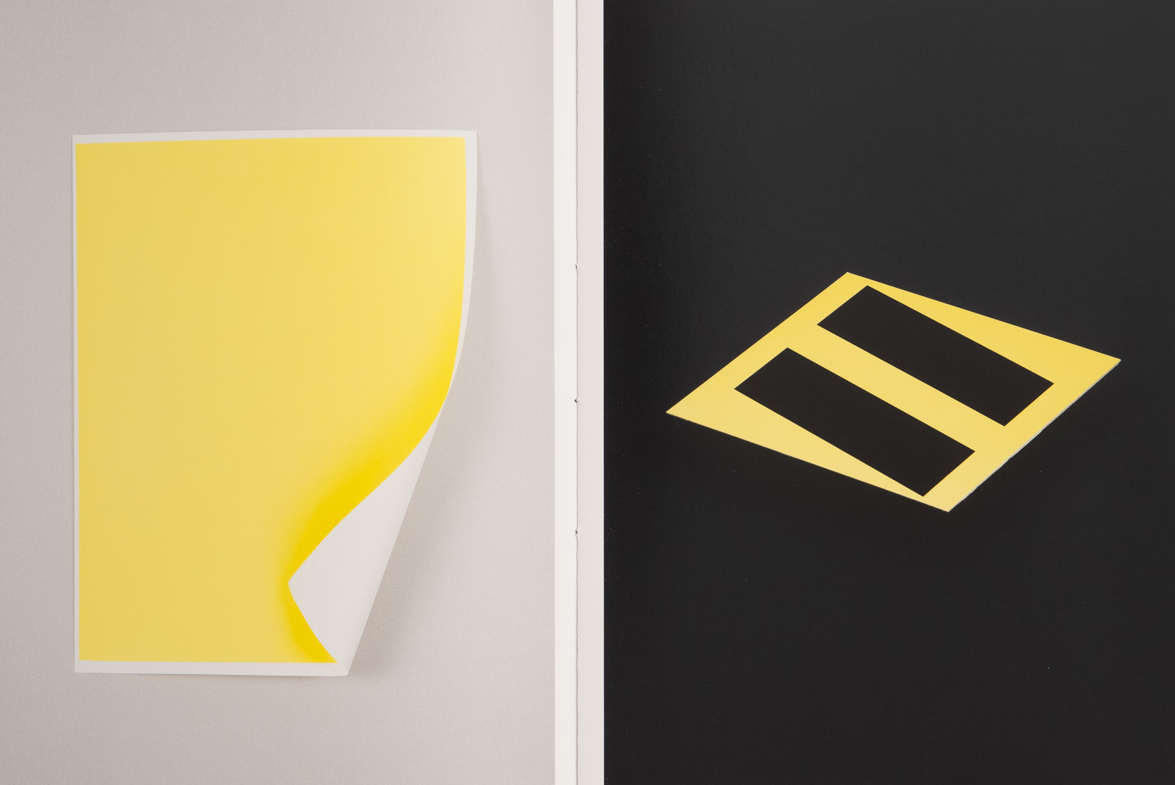Borderline
Yehoshua (Shuka) Glotman
1997
The book is a Xerox work, which is assembled manually. With the move north to Abirim after years of living in an urban environment, I sought to find a way to refer to nature and landscape in my work. During the winter, I began to travel along the northern border of the country. At that time, the Israeli army was still deep in Lebanon. The old border was abandoned. I drove along the border fence and took pictures. I found guard towers, barbed wire fences; the aesthetics of border lines.
At that time, I was experiencing a period of self-doubt and I went to a Jungian chiromancy expert, Katia Culpepper. She does not predict futures, but advises about professional choices. The conversation, which was recorded, was very intense. After years, I found a connection between the lines of the palm and the delineation of territorial borders. At that time, I found a book of chiromancy in Arabic, which contains symbolism from the three monotheistic religions: the Star of David, the cross and the crescent moon. With the book, I did a practice that involved fading: I took a page from the book and left it outside in the sun. I cut out a stencil and placed it on top of the page and the page turned yellow, creating a new hybrid image. I used one of the images on the cover. I presented this work for the first time as part of the exhibition Right-Left (curator: Ruth Direktor, Gordon Gallery, May 1997).
- Copies: 30
- Pages: 32
- Type of binding: Hardcover, box
- Dimensions (cm): 16X22
- Publication: Meir Publishing House
- Place of publication: Abirim, Israel
- Book photography: Yair Meyuhas
Yehoshua (Shuka) Glotman was born in 1953 in Tel Aviv-Jaffa and lives and works in Abirim in the western Galilee. He is a multi-disciplinary artist, curator and teacher, and is also a facilitator for Israeli-Palestinian dialogue. Glotman studied in the photography department at Hadassah College in Jerusalem and the University of Westminster in London. His photography, photomontage and video work relate to the Israeli reality and its unique inter cultural situations. In 2015, he published a second edition of his artist book An Israeli’s Album, first published in the 1980s and became a cornerstone in the field of Israeli photography.






















